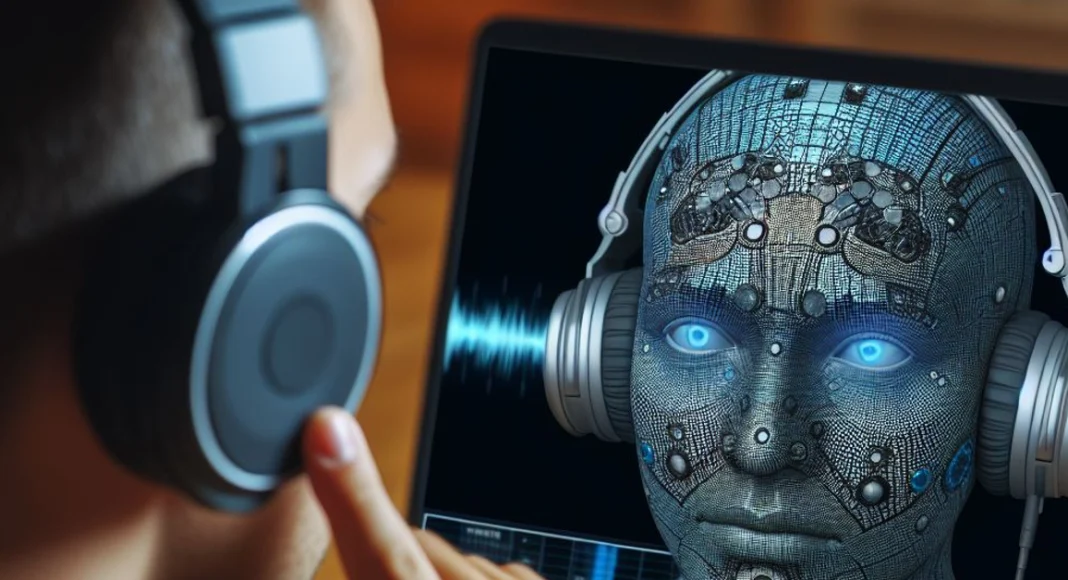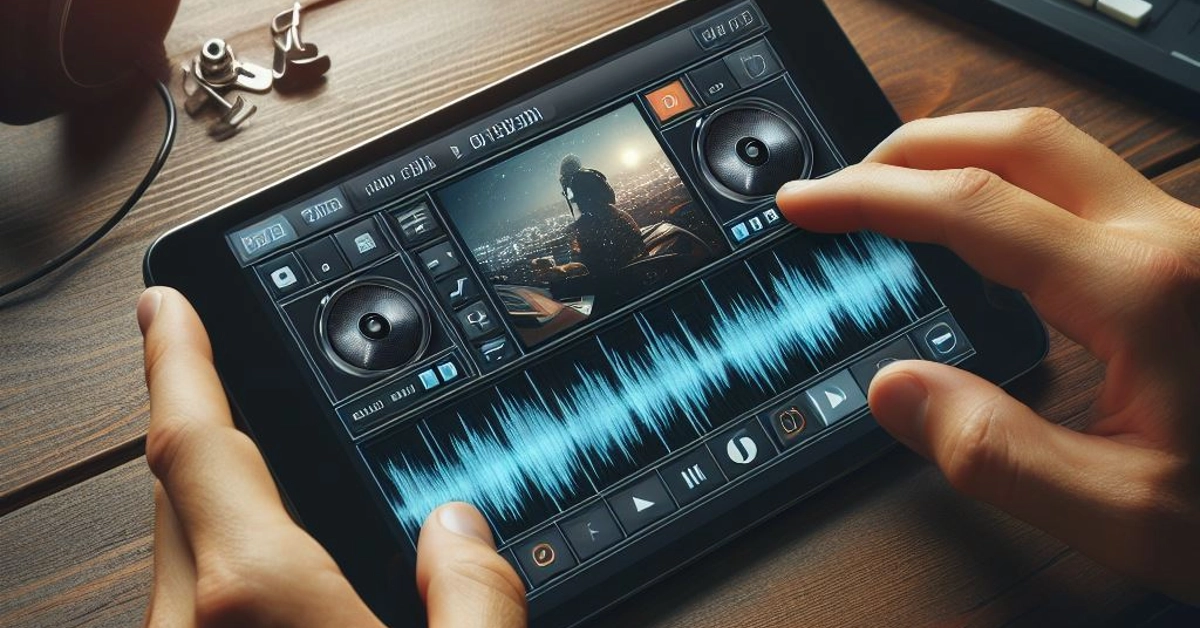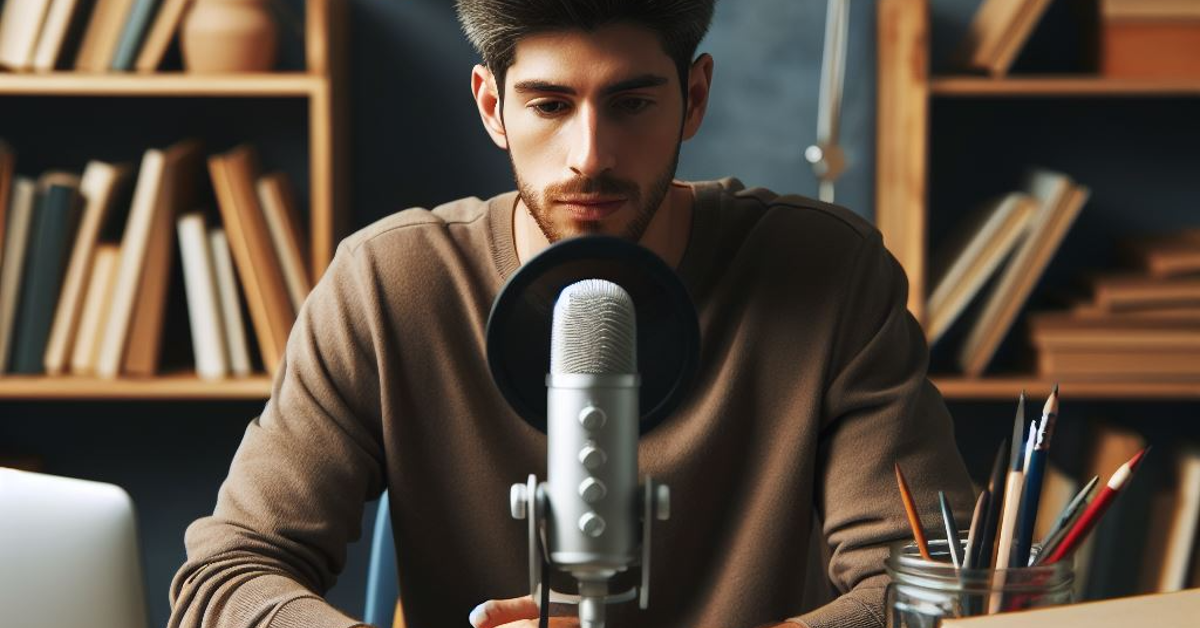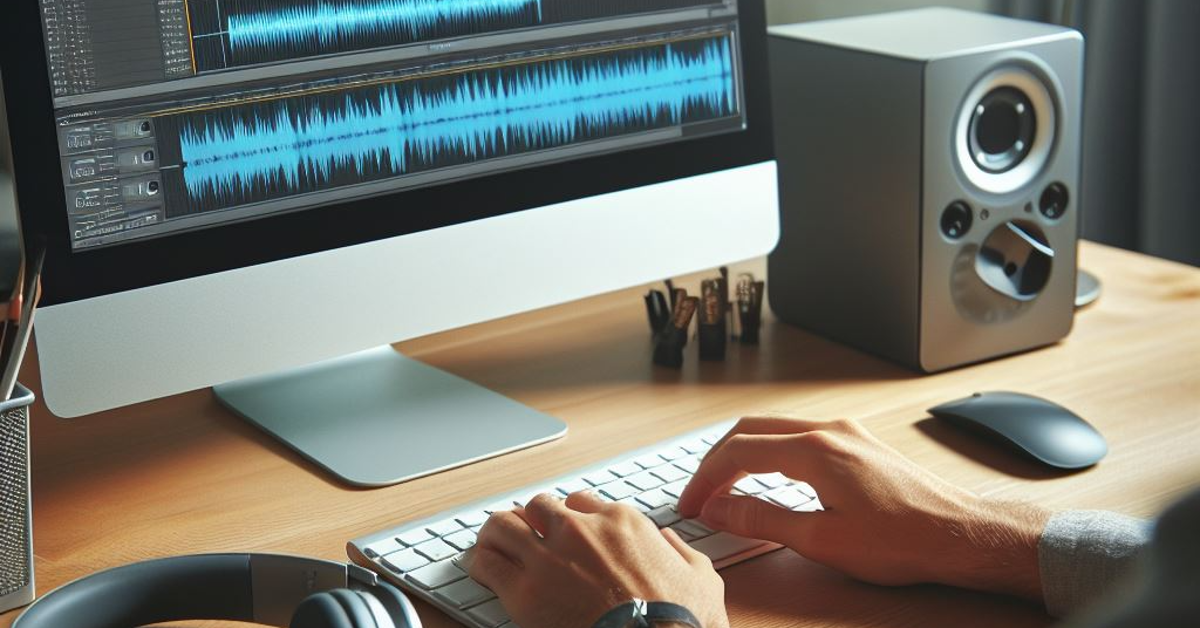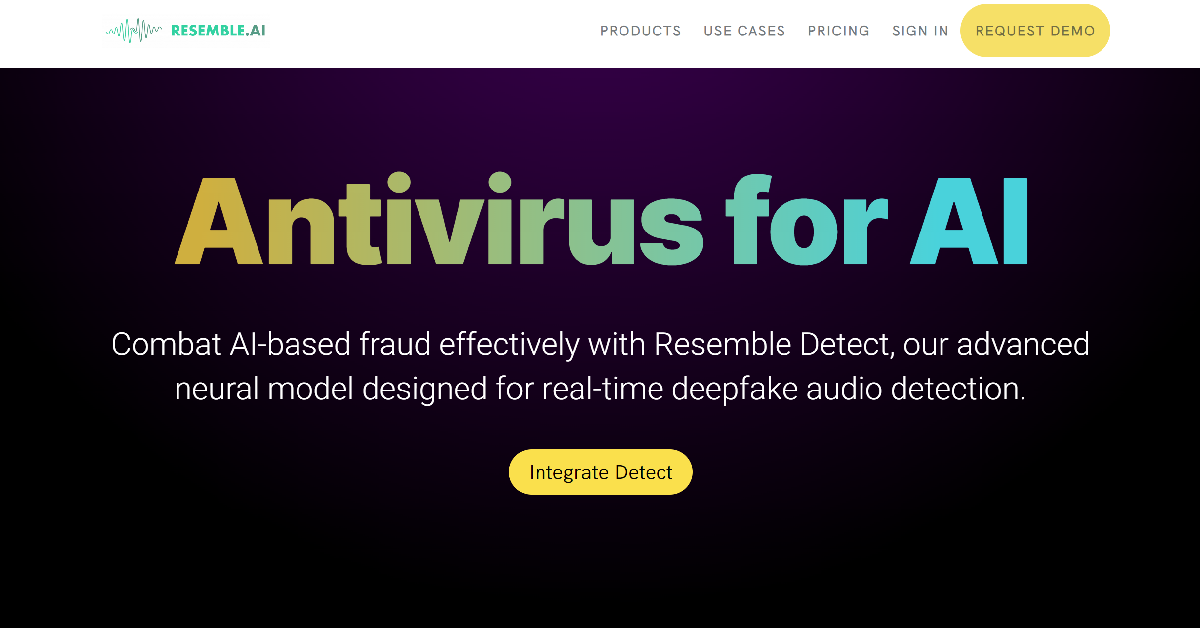Over the years, deepfake audio and voice recordings have become scary good. Using generative AI models and a large sample size (when it comes to celebrities), malicious entities on the Internet are able to recreate immaculate recreations of someone’s voice in order to purposely mislead or scam an audience. You must have seen these deepfake audios floating around, trying to target people with ads for counterfeit products that are most likely snake oil. The alarming thing is that these tools are getting better as time passes by and the recordings they produce can fool just about anyone. With that in mind, let’s take a look at the top 4 ways to detect AI-generated fake audio and voice recordings.
Read Also: Vivo Y100i with 50-megapixel dual rear camera launched
In This Article
Why is it important to detect AI-generated fake audio and voice?
With the sudden rise of generative AI models, the tools to create counterfeit audio recordings have become easily accessible to willing users. These AI models rely on a small sample of someone’s voice to recreate it near-flawlessly. While the social repercussions of these tools are yet to be determined in their totality, they are being increasingly used to scam people out of money in the short term.
For example, someone may use a deepfake audio recording of your spouse or close relative to make you wire them a substantial amount of money over a phone call. The quality of these recordings depends on the effort that scammers have put into them. Typically, professional scammers cover all bases and have fake audio recordings for every kind of situation that the conversation may drift into. Before you realise that there’s something odd with the audio, it might be too late. So, it’s always best to be prepared for every kind of situation by knowing which cues to look out for.
Are there any weird cuts in the audio?
While audio deepfakes have come a long way in terms of replication of the source voice, the most frequent scams you come across on social media may not be crafted flawlessly. The truth is that scammers don’t need to manipulate everyone who listens to the deepfake, they just need to convince a handful of people to believe that what they’re listening to is legitimate. Oftentimes, botched deepfakes which are easy to spot are peddled around the Internet. Their easiest tell is unexpected and harsh cuts throughout the recording. More professional scammers and malicious entities usually iron out these cuts before publishing the recording.
Listen closely for any mispronunciation
Most AI models rely on a small sample size of someone’s voice to create a fake recording. Through deep learning, the AI model can effectively recreate the pitch, tone, accent, timbre, and other attributes of the person’s voice. But where it may fail is in recreating the special quirks. If you’re listening to an audio recording of someone you know personally, always look out for the quirks in their speech. If you feel that their pronunciation of certain words is a bit off, you may want to look further into the legitimacy of the recording.
Something wrong with the background?
Audio recordings created using AI models are rarely ever free of background noise. While some amount of background noise always manages to creep in regular voice recordings as well, it is much more organic – like the sound of people chatting in the background, ceiling fans, general humdrum, etc. Whereas, deepfake audios may have a different kind of static that is only present in processed recordings. If you suspect that you are listening to a fake audio recording, always pay close attention to the background noise.
Use a Deepfake detection tool
While the methods mentioned above can give you a fair idea about the legitimacy of the audio, the only way to confirm if it is a deepfake is by using a detection tool specially designed for the task. Resemble.AI is one of the tools you can do for this job. This tool integrates with popular media services and detects AI-generated fake audio on the fly. You can also use Resemble.AI to watermark your audio data and determine whether it has been used to train a generative AI model.
Frequently Asked Questions (FAQs)
How do I detect an AI-generated fake audio recording?
AI-generated audio detection tools analyse spectrograms of audio recordings to determine whether they are fake. However, these tools may not be available free of cost. If you doubt the legitimacy of a voice recording, listen closely for inconsistencies in pronunciation, harsh cuts, and weird background noises.
How do I detect AI-generated deepfake videos?
Deepfake videos are often easier to analyse and examine in comparison to their audio counterparts. You can tell a video is fake by paying close attention to the facial cues, lip movements, and any weird quirks.
Is creating a deepfake video or audio illegal?
If the deepfake video or audio recording is used to harass, defame, or incite violence against someone, it can lead to legal action being taken against the perpetrator.
Read Also: Price of iQoo 12 5G in India tipped ahead of the launch: Details inside
Conclusion
These are the top 4 ways to AI-generated fake audio or voice recordings. If you ever come across a deepfake that is being used to scam people or spread disinformation, make sure you report it to the relevant authority in your area. Know some other useful ways to detect fake audio recordings? We’d love to know in the comments!


